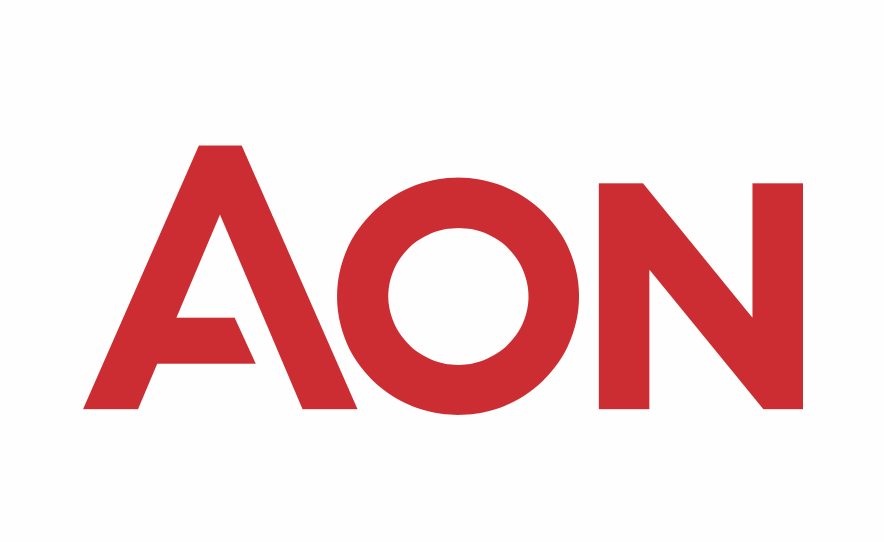Aon calls for national AI policy to ensure insurability: Kevin Kalinich
- August 5, 2025
- Posted by: Beth Musselwhite
- Category: Insurance

Aon has called for a coordinated, whole-of-government approach to regulating artificial intelligence amid a rapidly evolving risk landscape, urging the establishment of a national policy framework to ensure insurability and effective risk management while promoting innovation.
These insights were shared during a testimony delivered on July 30th, 2025, before a government committee by Aon spokesperson Kevin Kalinich, Intangible Assets Global Collaboration Leader.
Kalinich acknowledged that while AI is already driving improvements in productivity, decision-making, and customer engagement across many industries, the risk landscape is dynamic and fluid. These risks include large language model hallucinations, AI cyber attacks and deepfakes to intellectual property infringement, data leakage, AI “Washing”, and robotic faults.
According to Stanford’s 2025 AI Index Report, AI-related incidents have increased 56% year-over-year—underscoring the need for comprehensive safeguards.
OpenAI CEO Sam Altman recently warned the Federal Reserve that AI could disrupt labour markets and economic stability at a pace institutions are unprepared to manage. He likened the scope and speed of potential upheaval to globalisation—compressed into months rather than decades.
Kalinich stressed that this is not only a macroeconomic concern, but an insurability concern.
“Traditional insurance relies on uncorrelated, diversifiable risk pools and predictive loss modeling. If AI-induced dislocation becomes systemic—triggering job losses, capital market volatility, and cascading liability claims—insurers may find themselves facing unquantifiable aggregate exposures. These correlated risks are difficult to price, underwrite, and reinsure using existing structures,” he said.
To address this, Aon calls for a coordinated, whole-of-government approach to regulation that combines thoughtful state-based solutions with consistent predictability at the national level.
For instance, the National Association of Insurance Commissioners (NAIC) adopted the Model Bulletin on the Use of Artificial Intelligence (AI) Systems by Insurers in December 2023, which has since been implemented by over half of U.S. states. The bulletin offers guidance and promotes a consistent regulatory approach for the responsible use of AI in the insurance sector. Aon suggests that the affirmative safety principles outlined in the NAIC bulletin should be incorporated into the national framework.
Kalinich noted that national standards can offer companies confidence while still allowing states to serve as laboratories for innovation. Regulatory clarity, he said, builds trust—which, in turn, fuels growth.
He cited legislation such as Senator Rounds’ AI package and Senator Lummis’ AI Bill—which requires AI firms to disclose technical documents with incentives similar to those in the SAFETY Act—as well as other bipartisan efforts that could help build the right architecture for safe AI deployment.
Additionally, the Secure AI Act, introduced by Senators Warner and Tillis, offers another example of legislation that generates the kind of feedback needed to help policymakers grapple with the multitude of policy angles and challenges that AI presents.
Aon welcomes public policy that ensures clear liability frameworks, keeps insurance markets viable, and empowers both developers and end-users to operate with confidence.
The company remains committed to working with clients, regulators, and policymakers to develop AI systems that are both transformative and trustworthy.
Aon is encouraging lawmakers to create a national, principles-based framework for AI regulation and to support insurance innovation through model legislation in the states or regulatory sandboxes.
Kalinich explained, “This will help companies like Aon establish for clients minimum risk governance baselines such as inventorying AI tools, assigning ownership and auditing performance; promoting transparency in model inputs and outputs to enable effective underwriting and regulatory supervision; advancing transnational coordination to align incentives and reduce compliance complexity; and supporting education and certification in AI ethics and governance, especially at the board and executive levels.
“In effect, we need to predictively calibrate our thinking and actions around what it means to design and implement AI regulatory structures. In some ways we should consider the behaviors and mindsets of the disruptive innovator driving the enhanced AI ecosystem, knowing that with each regulatory iteration, a new risk will present itself. The challenge is to build structures today that account for that arc of maturity and risk.”
Kalinich concluded, “At Aon, we believe that with appropriate guardrails, AI can unlock unprecedented value for humanity —enhancing resilience, accelerating innovation, and improving outcomes across industries. Let’s work together to ensure AI becomes not just a technological breakthrough—but a force for good, guided by insight, trust, and shared responsibility.”



